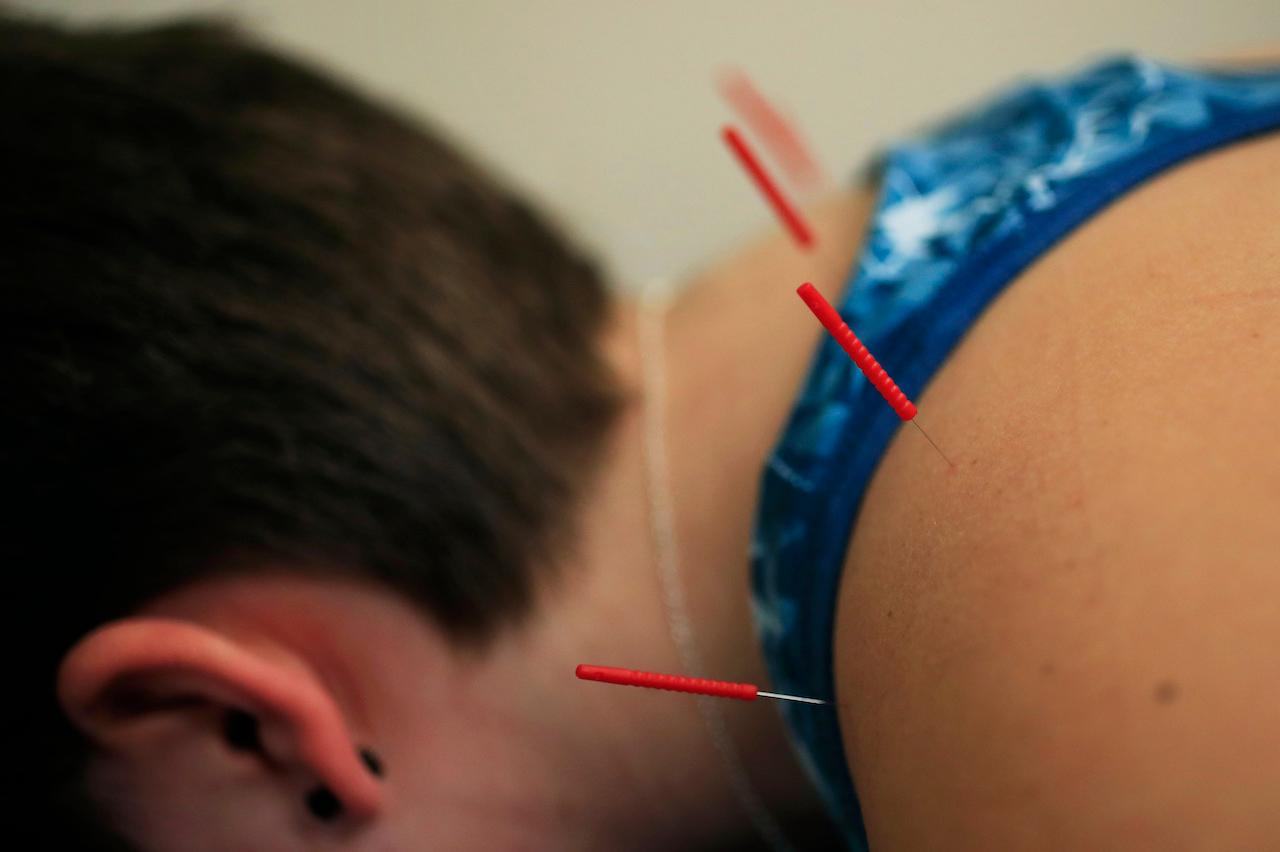Alternative or modern medicine? Which will reliably relieve chronic pain?
Many sufferers start with modern doctors then look further into the past as their pain persists.
Just In
Plant extracts, magical spells, desperate prayers, and as a last resort a dagger heated in an open fire, used to be just about all that stood between the sick and an early grave.
Nowadays, much of the world enjoys modern healthcare in sanitary surroundings and lives about twice as long as their ancestors.
Modern pills and potions can be effective against the ailments that befall many people at some time, and who rely on antibiotics and other drugs, and when all else fails, a scalpel straight from the autoclave.
And yet, many individuals and cultures still believe in traditional or ancient remedies, especially when modern medicine has failed them, but more and more as a first choice for certain lifestyles.
In fact, what is now called alternative medicine, is enjoying a boom in many developed countries.
Ayurveda, reflexology, and Chinese traditional medicine are some of the popular forms of alternative treatment that people turn to in desperation or fashion.
Cupping therapy is an ancient form of alternative medicine in which local suction is created by placing heated cups on the skin to draw blood toward the surface.
What is now called alternative medicine is enjoying a boom in many developed countries.
Cupping is characterised by most doctors as a pseudoscience, and its practice as quackery. There is no good evidence it has any health benefits, and there are some risks of harm, especially from wet cupping and fire cupping.
Nevertheless, some people will swear by it. Others will be ready to give it a go.
The effectiveness of most alternative medicine is unclear as measurable statistics are scarce. Perceptions of effectiveness largely boil down to personal and anecdotal experience.
For many, their first experience of alternative treatments comes on the recommendation of a friend.
Hisham, a 50-year-old in Kuala Terengganu, suffers from trigger fingers due to long hours using a computer mouse.
“For that, normal doctors usually just give you pain killers,” he told MalaysiaNow.
The pain became so bad that he was ready to try anything to relieve it.
A friend who suffers from a similar problem recommended that he visit a local reflexology centre, where, he told Hisham, they had relieved his pain.
Reflexology is built on the ancient Chinese belief in qi, or “vital energy” which flows through the body. When a person feels stressed, their body blocks qi which can cause an imbalance that leads to illness. Reflexology aims to keep qi flowing.
Body parts and internal organs respond to different pressure points on the feet, hands and ears, and reflexologists use maps of these points to determine where they should apply pressure.
Hisham decided to try it.
He told MalaysiaNow that after six treatment sessions over two months, reflexology has improved his trigger fingers.
“My hands are much better and almost back to normal. Before, it hurt when I bent my fingers but now there is much less pain,” he said.
According to people he met at the centre, most patients see improvement in their conditions before too long.
Score one for alternative medicine.
Suganthi, a 60-year-old from Shah Alam, is not so convinced.
She suffers from peroneal tendonitis: chronic ankle pain that usually occurs after a bad sprain or overuse caused by prolonged training and which usually develops over time.
Suganthi suffers from it in her right foot.
When she first complained of the pain, several friends recommended she try traditional Chinese medicine.
Her mother had suffered multiple fractures a few years earlier and traditional Chinese treatments had worked for her, so Suganthi thought it worth trying.
“They rubbed on a kind of herbal paste and wrapped my foot in a bandage which they left on for days,” she told MalaysiaNow.
The effectiveness of most alternative medicine is unclear as measurable statistics are scarce.
After enduring several sessions of treatment, she felt no improvement.
“The pain didn’t go away,” she said. “I had paid RM120 per session for nothing.”
Still desperate for an effective treatment, she then resorted to a modern doctor and ended up undergoing a surgical procedure which relieved some of the pain, but not all.
After that, a friend recommended that she try acupuncture.
“It wasn’t expensive, so I was willing to try it. But it didn’t work either.”
So, she returned to modern medicine.
“After the acupuncture, the doctors gave me a second operation, but nothing changed. I’ve been living with the pain for 10 years now,” she told MalaysiaNow, gesturing at her foot.
Both modern and alternative medicine had let her down again.
Family and friends still try to persuade her to give alternative medicine another try.
“This time, they’re always recommending I should go for Ayurveda treatment,” she said.
Ayurveda is the traditional Hindu system of medicine, based on the idea of balance in bodily systems, which uses diet, herbal treatment, and yogic breathing.
“So far I have refused to try it,” she told MalaysiaNow. “I just don’t have any confidence in traditional medicine anymore.”
Though she didn’t see positive results, she considers that there are pros and cons when it comes to alternative medicine.
She advises people to always consult medical experts before embarking on a course of alternative treatment.
So, when daggers drawn from open fires and scalpels from autoclaves have both let you down, what next?
When you’ve tried everything else, should you, like Suganthi, just learn to live with the pain?
Subscribe to our newsletter
To be updated with all the latest news and analyses daily.
